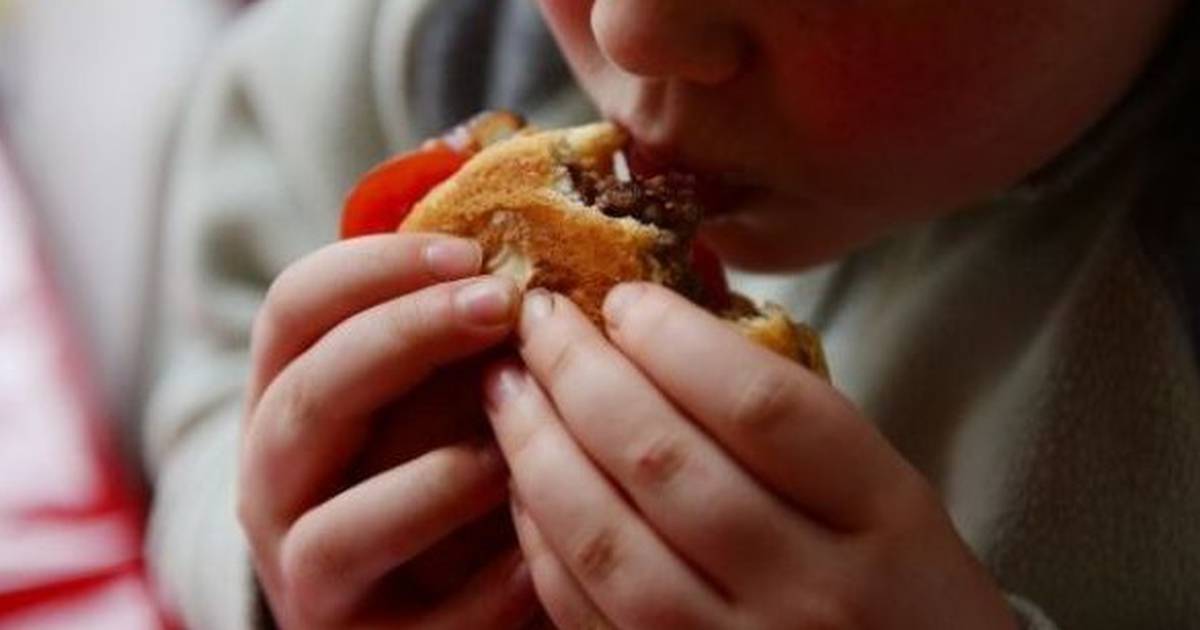One in three children from disadvantaged areas in Ireland are overweight or obese, according to the Health Service Executive’s clinical lead for obesity.
In comparison, just one in five children nationally are either overweight or obese, according to consultant endocrinologist Prof Donal O’Shea, who said less affluent areas with lower education levels tend to have a higher rate.
“Unfortunately there is that socioeconomic separation. The severe and complex obesity in childhood is almost exclusively in the less well-off areas,” he said.
Prof O’Shea was speaking at the launch of a five-year public health campaign by Safefood, an organisation representing food safety and health eating.
The campaign seeks to create a “healthier food environment”, by highlighting how the surrounding environment can encourage people to opt for unhealthy food choices.
It found snack foods are “encroaching” on new settings, with 70 per cent of people surveyed finding unhealthy foods for sale in non-food locations such as hardware stores and bookshops. Furthermore, 56 per cent of food on offer in convenience stores were unhealthy foods.
Dr Aileen McGloin, director of nutrition at Safefood, cited recent research from Dublin City Council, which found disadvantaged communities are most affected, with fewer healthy food options available than in their more affluent counterparts.
“I’ll give you the example of Cherry Orchard, versus Ballsbridge. In Cherry Orchard, there are 53 takeaways, and in Ballsbridge there are 16,” she said.
“In Ballsbridge, there are 139 restaurants and cares, which would be a marker for a better quality of food, compared to 63 in Cherry Orchard.”
Dr McGloin said this environment results in people being limited in their choices, resulting in a higher likelihood of these people opting for an unhealthy option.
Eating foods that are high fat, salt, sugar, over long periods of time, means people will end up with diseases like obesity, heart disease, cancer
— Dr Aileen McGloin
“These are areas of similar population and if you are living in an area where on every street or every corner there is a takeaway, you create a cultural norm around that being the kind of food that you eat or there simply isn’t another option,” she said.
“Eating foods that are high fat, salt, sugar, over long periods of time, means people will end up with diseases like obesity, heart disease, cancer. Obesity is one of the biggest causes of disability as well. It really impacts on quality of life too.”
Prof O’Shea also highlighted the impact social media can have on food choices among children, teenagers and those in early adulthood. There is a prevalence of high-protein foods, for example, being shared online that are aimed at gym goers.
“There is a whole range of products that are promoted as healthy that are absolutely not. It’s been promoted mostly by influencers mostly through TikTok and Snapchat, and that is way beyond the reach of regulation at the moment,” he said.
“The gym culture is one we actively discourage among patients who are attending. A healthy weight is not delivered by the gym, a healthy weight is delivered by your daily activity that you build into your ordinary day and your daily approach to nutrition. And if you like the gym, that is different. But that is not the pathway for the general population to reach a healthy weight.”
Safefood said it would support the introduction of a Public Health Obesity Act, and would like to see restriction of positioning of unhealthy food in retailers, as well as rules around the pricing or multi-buy deals for unhealthy foods.




